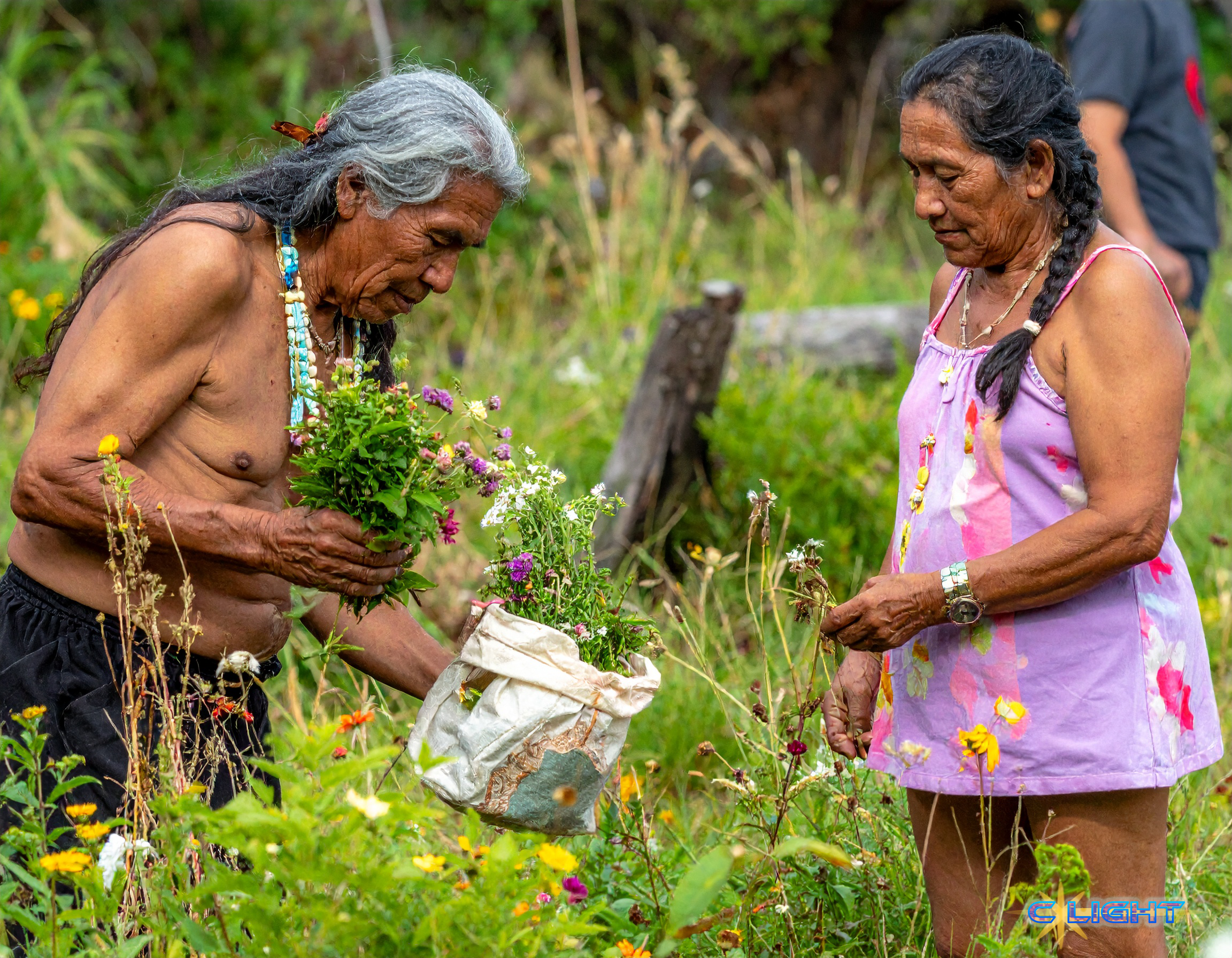In the sun-drenched grounds of the San Diego Botanic Garden and the advanced laboratories of the Salk Institute, a collaboration of profound potential is taking root. Scientists are working alongside Native American communities to explore the genetic depths and medicinal properties of California’s native flora—plants like ephedra, artemisia, and the promising yerba santa, traditionally used for generations to treat a spectrum of ailments. The vision, as Salk biologist Dr. Ben Neiman describes it, is a “circular ecosystem,” where developing new medicines benefits tribal nations and helps protect the landscapes these plants inhabit.
While the idea of modern science partnering with ancient Indigenous wisdom has been discussed for decades, often as an undeniable “win” in principle, the “real world” application is a journey fraught with complexities. Yet, there’s a palpable sense, perhaps stronger now than in the past forty years, that genuine, equitable partnerships are increasingly possible. This shift may be driven by a confluence of factors: a greater assertion of Indigenous rights and data sovereignty, the influence of international frameworks guiding ethical research, and evolving perspectives within scientific institutions and even the political sphere – for instance, an HHS Secretary (like Robert F. Kennedy Jr. in the current 2025 administration) showing notable interest in natural remedies could signal increased support for such endeavors.
The Salk Institute’s project, therefore, represents more than applying cutting-edge genomics to traditional botanicals; it’s an effort to navigate this evolving landscape. The profound ancestral knowledge of tribal communities, which often includes understandings of plants for serious conditions like cancer, built on generations of empirical use, is being approached with a new level of respect. This careful, collaborative investigation into “ancient indigenous recipes” seeks to bridge knowledge systems, honoring both scientific rigor and the holistic wisdom of traditional practice. It stands in stark contrast to fleeting, often commercialized “natural wellness” trends.

However, the path from a revered traditional plant to a globally available, scientifically validated medicine is indeed a “BIG deal.” Commercialization is central, and while tribal nations may show increased willingness to partner, seeing avenues for economic development and cultural validation, this is invariably paired with deep, historically justified skepticism towards external institutions. Any collaboration, particularly one involving federal funding (which tribes would approach with careful scrutiny to ensure alignment with their sovereignty and priorities), must be built on trust and meticulously structured terms.
The ethical bedrock for such partnerships involves principles like Prior Informed Consent (PIC) from the Native American communities and Mutually Agreed Terms (MAT) for any benefits. The “circular ecosystem” envisioned by Salk researchers must translate into transparent mechanisms—not just potential royalties, but also non-monetary benefits like capacity-building for tribal members in scientific research, support for cultural preservation programs, community health investments, or direct aid for conserving vital ecosystems. This approach aims to move beyond the shadows of “biopiracy,” where Indigenous knowledge has been exploited without just compensation.
Beyond the crucial ethical and relational aspects, the scientific and regulatory hurdles are significant. The journey from plant to pharmacy is long and costly, involving rigorous identification of active compounds, preclinical studies, multi-phase human clinical trials, and navigating the stringent FDA approval process. Standardizing natural products, which are often complex mixtures, presents unique challenges. The history of ephedra, for example, underscores the need for thorough safety and efficacy validation.

Furthermore, conservation is a critical concern. Success with a plant like yerba santa (currently considered “Apparently Secure” but with known collection pressures) could dramatically increase demand. The cultivation efforts at the San Diego Botanic Garden’s nursery, ideally guided by the traditional ecological knowledge of Native partners on sustainable practices, become essential to prevent a medical breakthrough from causing ecological strain.
Despite these challenges, the current climate, with increased Indigenous agency, evolving ethical frameworks, and potential high-level support for natural medicine research, suggests a unique opening. A collaboration that truly ‘braids’ Indigenous wisdom with ethical scientific inquiry could unlock significant breakthroughs, benefiting global health while empowering the original stewards of this ancient knowledge.
Successfully navigating this intricate dance of respect, rigorous science, and shared benefit will be paramount. But if initiatives like this can genuinely honor the source of traditional wisdom while pursuing scientific validation with transparency and equity, they offer more than just new medicines. They pave the way for a more inclusive, holistic, and ultimately more fruitful approach to human health and our relationship with the natural world, fostering a future where ancient insights and modern discovery can truly heal together.
Discover more from Clight Morning Analysis
Subscribe to get the latest posts sent to your email.










